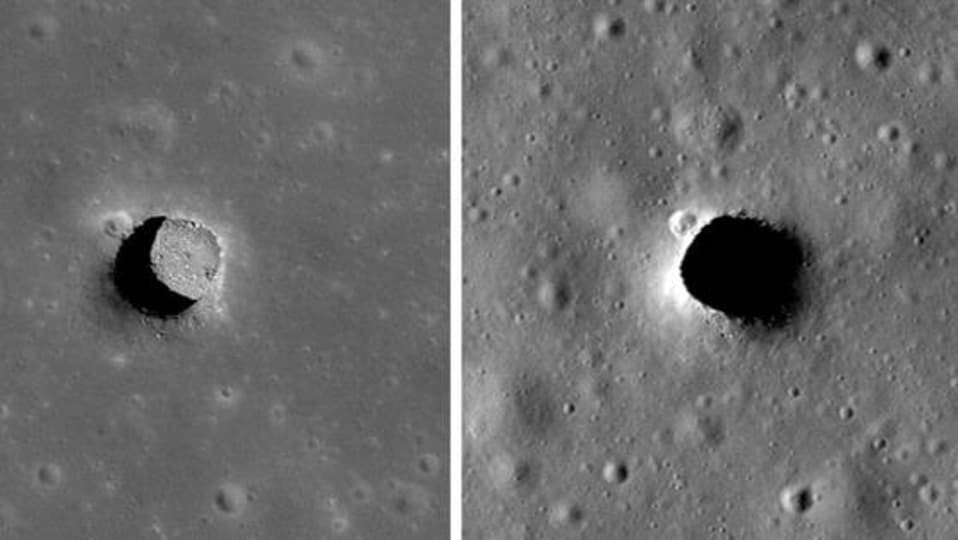NASA: Lunar Reconnaissance Orbiter makes astonishing discovery
NASA’s Lunar Reconnaissance Orbiter (LRO) has made an astonishing discovery – it has found caves on the Moon! The recent images taken by the orbiter indicate that caves might actually exist on the moon in the form of lunar pits. Here’s more about it.


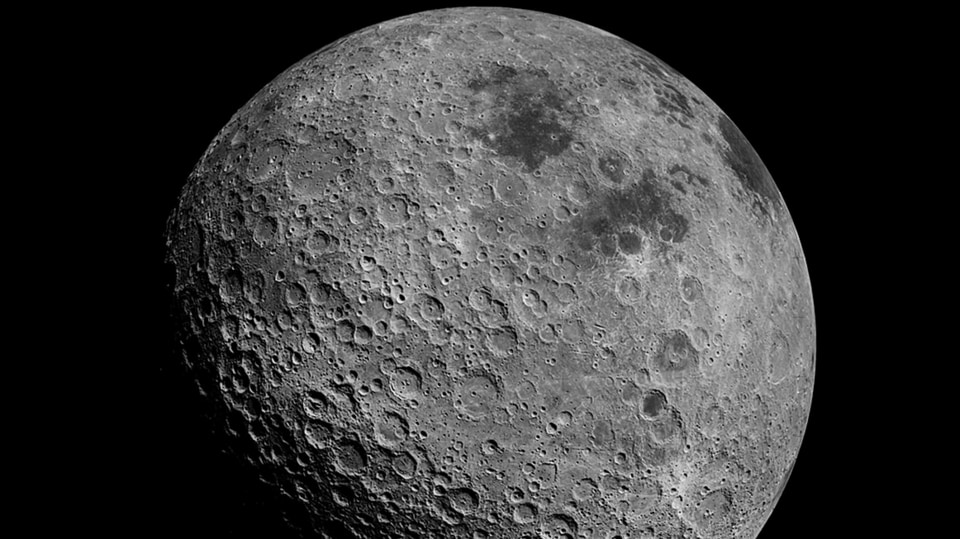
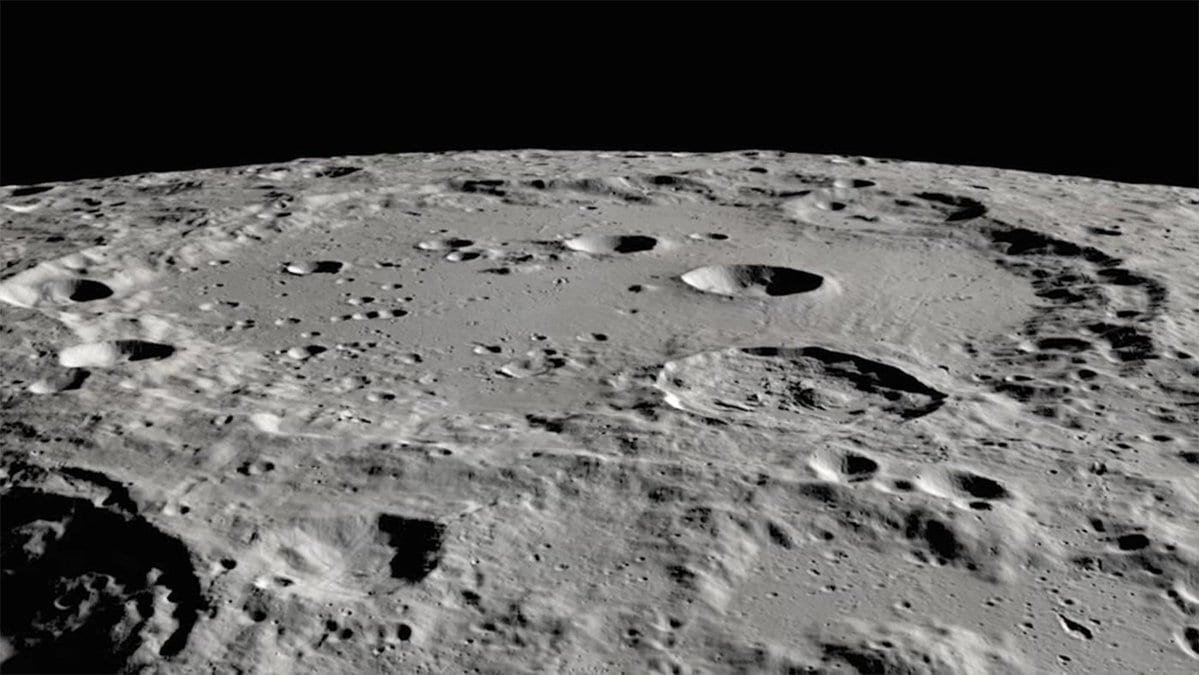
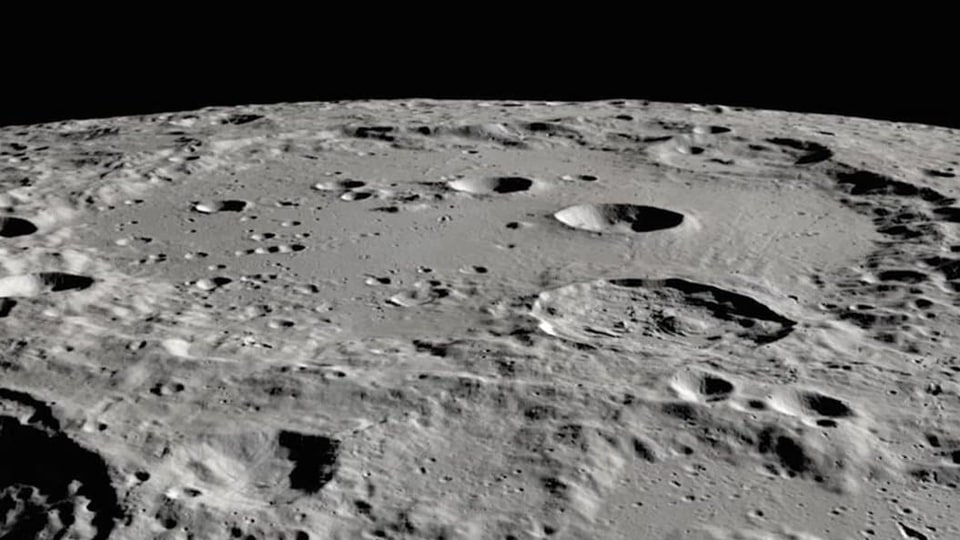
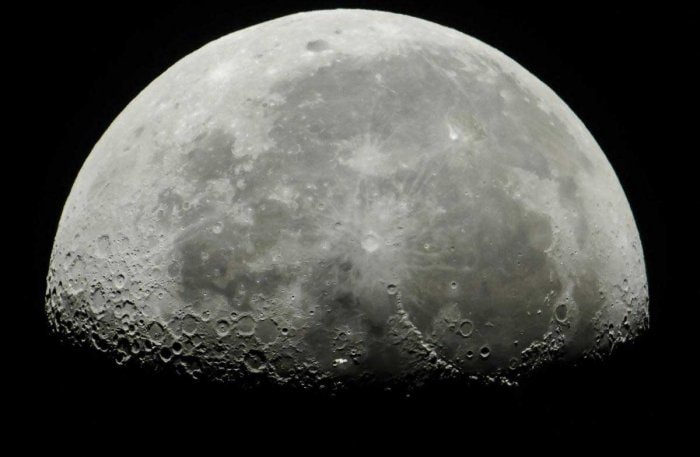
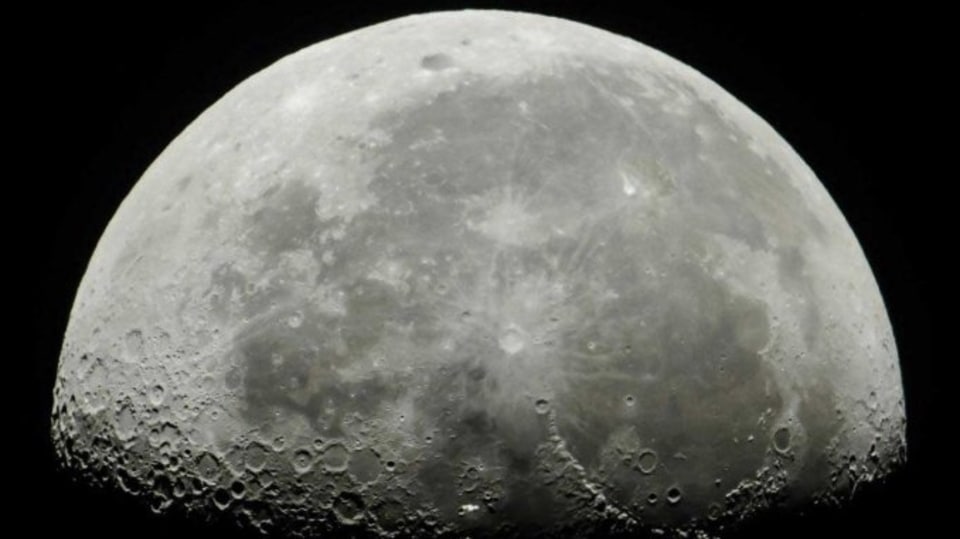

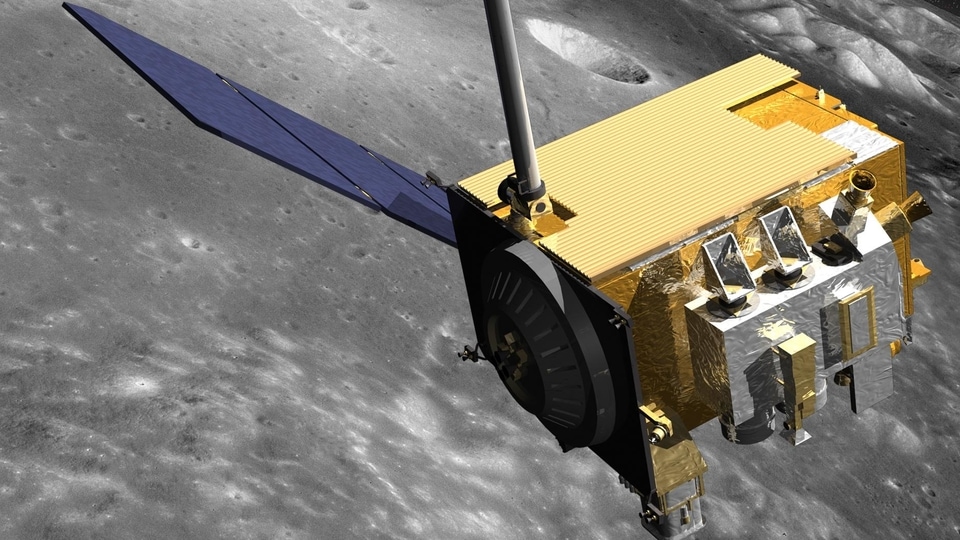


First Published Date: 01 Aug, 10:37 IST
NEXT ARTICLE BEGINS




